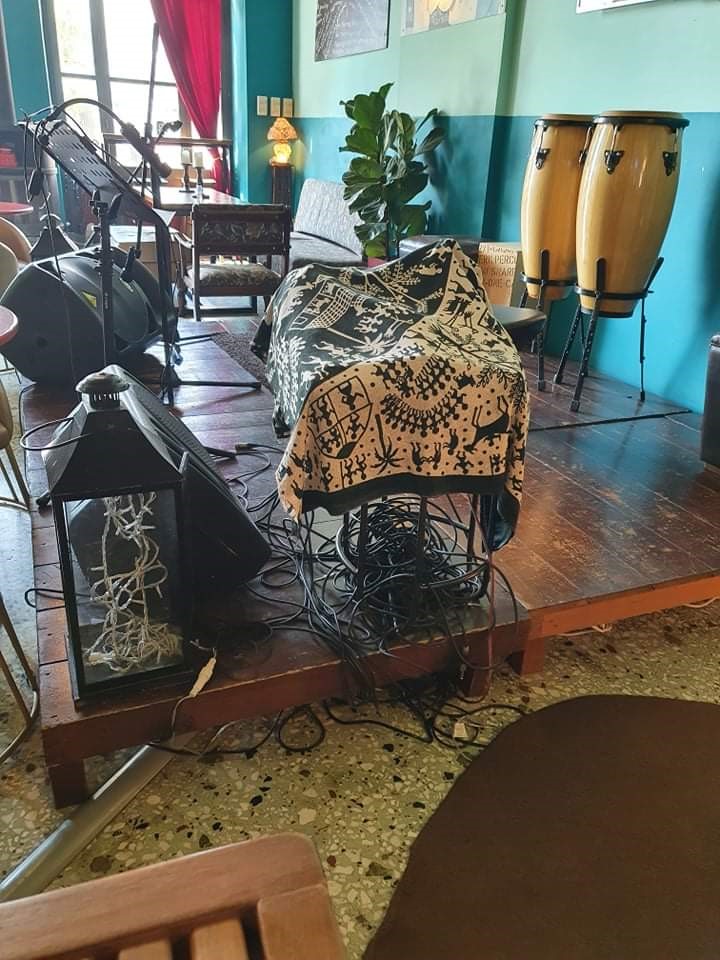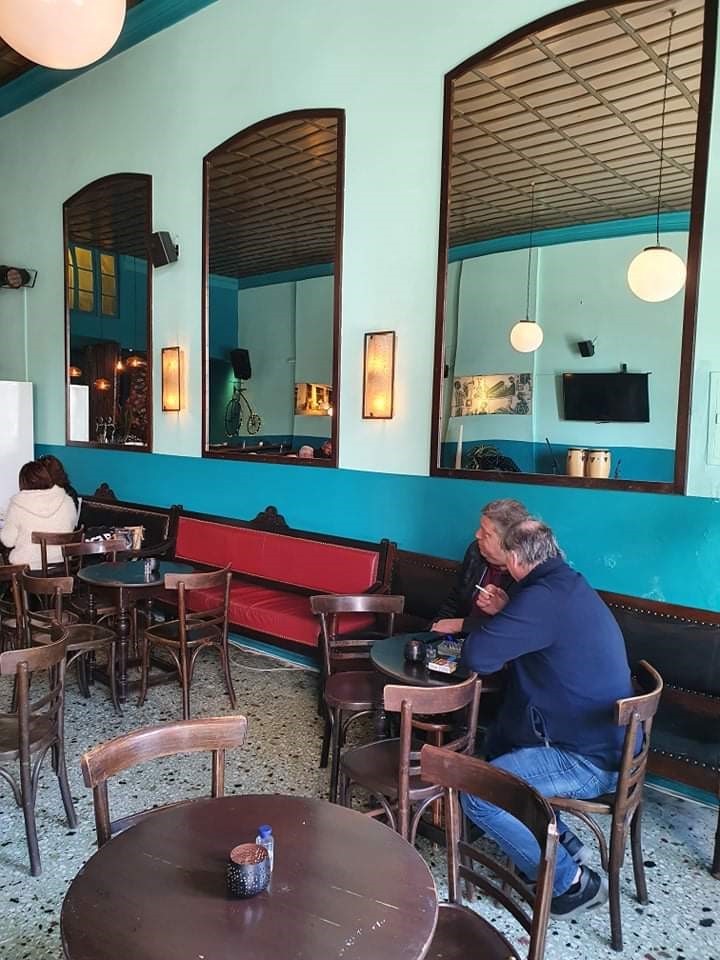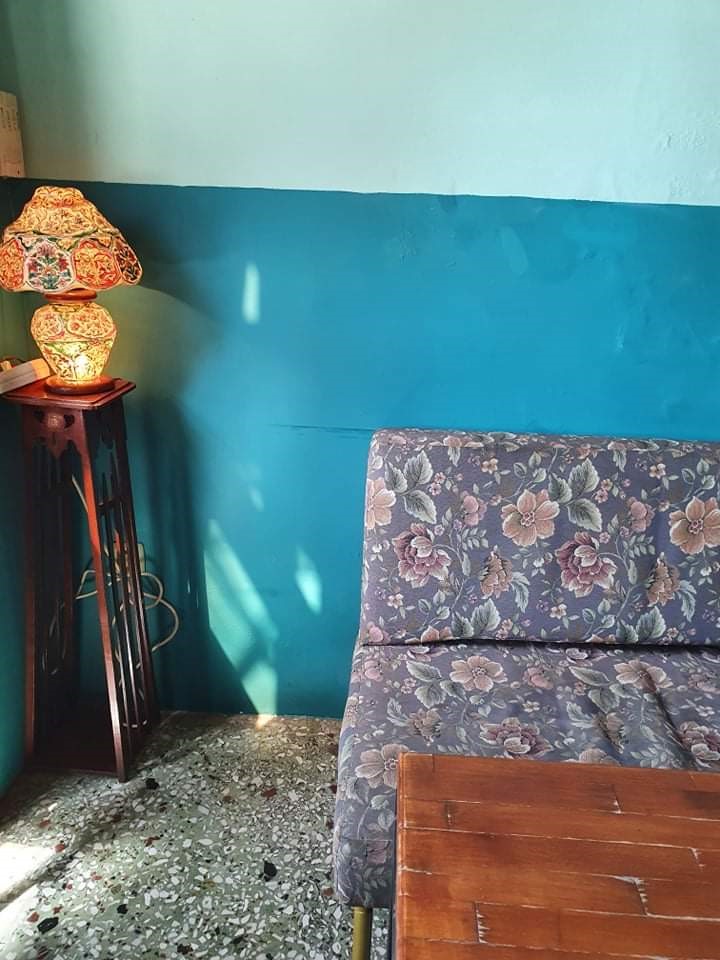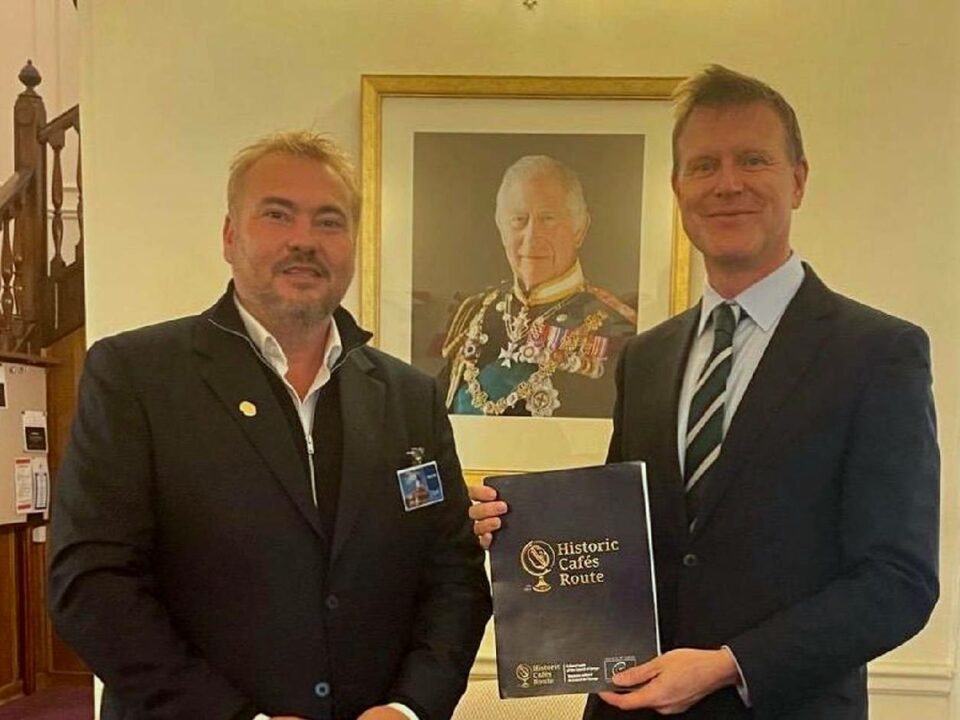The “Astikon” Historic Café on the island of Kythira is the new member of the “Historic Cafes Route”
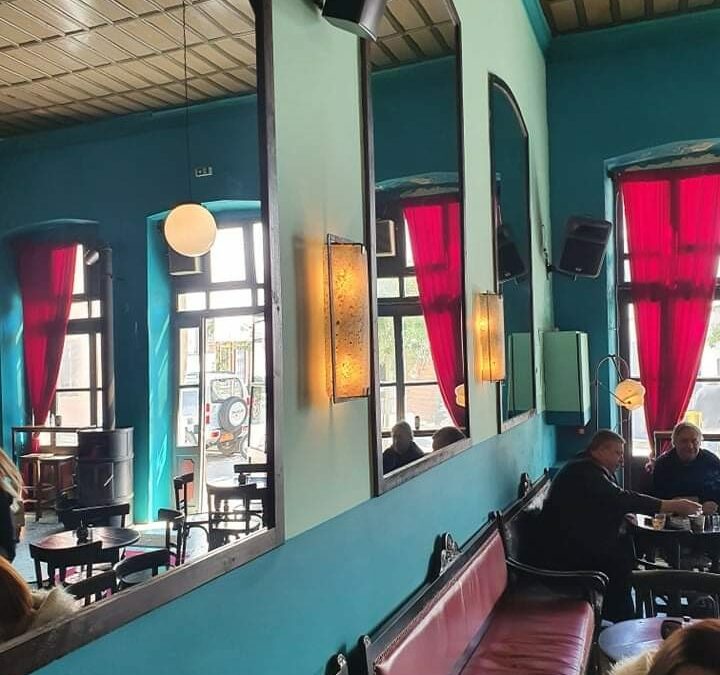
The “Historic Cafes Route” is pleased to welcome the “Astikon” Historic Cafe, located in Kythira, as a new member. “Astikon” has a long and most interesting history. It was founded in 1908 by the Livaditis family, which operated the Cafe until the end of the 1950s, when it immigrated to Australia. The two brothers of the family – one a coffee maker and the other a barber – offered the community of Kythira a place where the two services coexisted and so, until the end of the 1970s, the Café also hosted a barber shop – as was customary at that time in large central cafes.
According to sources, Eleftherios Venizelos visited the island in 1917 and drank his coffee at “Astikon”. The same sources state that, that was also the time when the seed for the island’s independence was sown. Indeed, the autonomous administration of Kythira was proclaimed shortly after.
Later, during the occupation, the cafe also functioned as an ELAS guerrilla hangout. It is worth noting that key members of the ELAS guerilla of the time continued to drink their coffee daily in Astikon until very recently.
Since the very beginning, “Astikon” has been a significant point of reference for the island, and a cultural hub.
The first film screenings on the island took place in the Cafe, as well as most of the social, entertainment and other events of the time.
The space functions as a Cafe, a restaurant and a bar, but also as a dynamic refuge for art and culture with a long history.
Apart from Eleftherios Venizelos, “Astikon” has hosted politicians, academics, journalists, people of art and culture; among them George Papandreou, George Ndertilis, Mirella Papaikonomou, Alkinoos Ioannidis, Dionissis Tsaknis, Manolis Haros, and the iconic Dimitris Horn, Eugenios Spatharis, Maria Farantouri, Attik and others.
Dimitris Kontoleon, the current owner of “Astikon”, took over the Cafe at a young age and, since the very first moment, has been aiming to preserve its history and rich culture. Thus, “Astikon” keeps witnessing the timeless continuation of cultural events, while representing an emblematic location for the visitors of the island.




